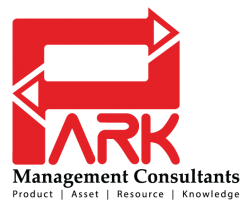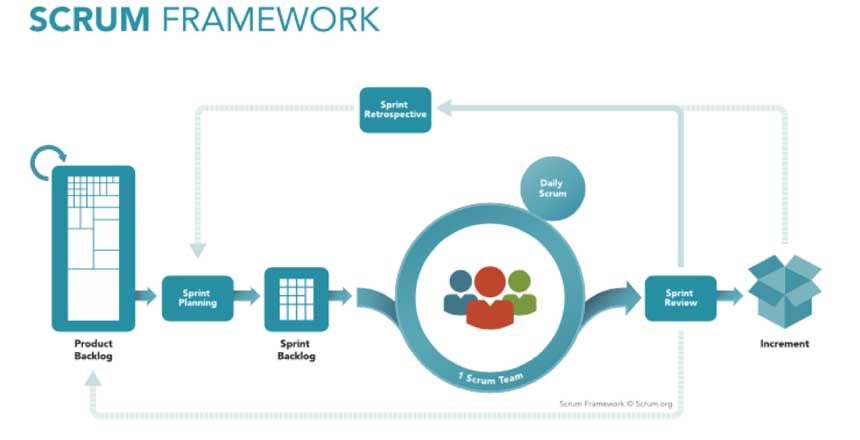What is Scrum?
A Framework for Management: Scrum is a management framework that uses cross functional as well as self-organizing teams for an incremental product development. It provides the necessary structure of rules, meetings, roles and artifacts.
An Alternative to Waterfall: Scrum has an iterative and incremental approach that replaces the traditional “waterfall” development.
What are Scrum Roles?
- Scrum Development Team: The scrum development team is cross-functional and is managed without any externally assigned roles.
- Product Owner: The product owner (PO) is a person who is responsible for assuring maximum return on investment.
- Scrum Master: Scrum master is the person who ensures that the team understands and enacts scrum.
Scrum Meetings
- Sprint Planning Meeting: This meeting is conducted by the product owner to primarily identify the items which are the most important to the business.
- Scrum and Sprint Execution: The scrum team usually meets up each day to check whether they are progressing over the end goal.
- Sprint Review Meeting: This meeting is held to showcase the product increment and feature a live demonstration.
- Sprint Retrospective Meeting: Each sprint ends with a meeting wherein the team members retrospect about the progress.
- Backlog Refinement Meeting: Each team can some time out for this particular activity. The objective herein is to refine the product backlog items as they are usually very large.
Importance of Scrum Artifacts
- Product Backlog and Product Backlog Item: The product backlog lists the desired functionality so that stakeholders can view it.
- Sprint Backlog and Increment: The sprint backlog includes the PBIs that are discussed between the product owner as well as the team. It is a good reference for the Daily Scrum Meeting.
Thus, the above-mentioned terminologies help in understanding how scrum actually works. Certain aspects are compulsory while others are optional based on the discretion of product owner. The iterative steps play an important role in product development. To know more about Scrum, connect with our experts.

